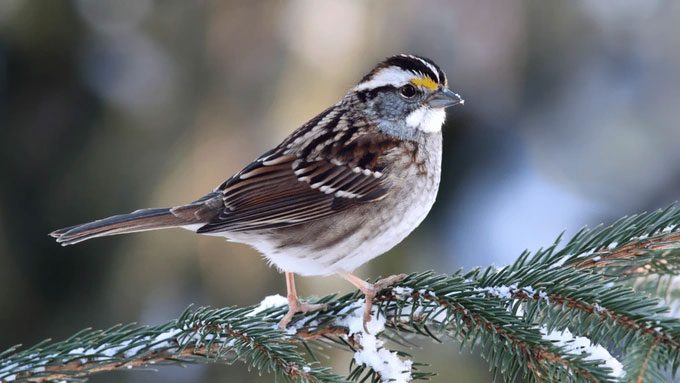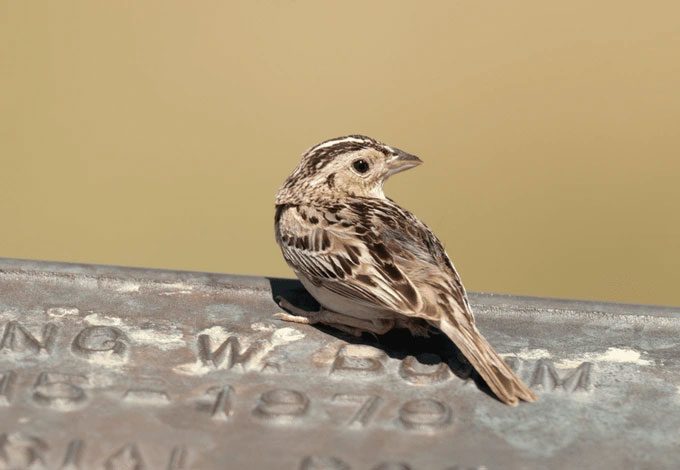If two genders are not enough, the white-throated sparrow will surprise you with its evolution that allows for up to four different genders.
Most organisms are categorized into two genders, “male” and “female.” Each gender is characterized by various morphological, anatomical, and physiological traits.

The white-throated sparrow evolves to possess “4 genders.” (Photo: Getty).
However, the concept of gender in some animal species can be quite complex, as exemplified by the white-throated sparrow (Zonotrichia albicollis) found in the near-Arctic regions.
For this species of bird, any individual can only mate with 1/4 of the population, rather than the usual 1/2. What has happened in this species?
To clarify this question, two Canadian biologists, Elaina Tuttle and Rusty Gonser, investigated and discovered strange genetic phenomena in the native white-throated sparrow.
They found that a gene mutation occurs in this species causing a significant rearrangement of their chromosomes, resulting in only four viable gene types that can successfully reproduce with other basic gene types.

The species evolves in such a way that those with white stripes on their heads only mate with those having brown stripes and vice versa. (Photo: Getty).
Typically, animals evolve to increase their reproductive success, allowing them to produce offspring with better-selected genes. However, the opposite has occurred with the white-throated sparrow, as they have chosen to make reproduction more challenging.
Specifically, the two sets of chromosomes of the species have evolved into distinct subgroups, determining which birds can successfully mate with the others.
Tuttle and Gonser delved deeper into these inversions and found that they effectively scrambled the genes to create two opposing phenotypes.
Accordingly, they manifest in different physical appearances, including birds with white stripes on their heads and those with brown stripes. Despite these differences, white-striped individuals only mate with brown-striped ones and vice versa.
“It’s as if this bird species has four genders. That means an individual can only mate with 1/4 of the population,” said Christopher Balakrishnan, an evolutionary biologist at East Carolina University. “In nature, very few species choose to have more than two genders as it reduces their reproductive rates.”


















































